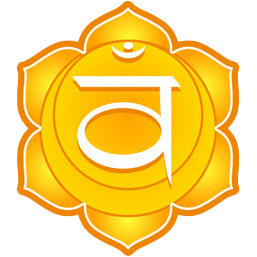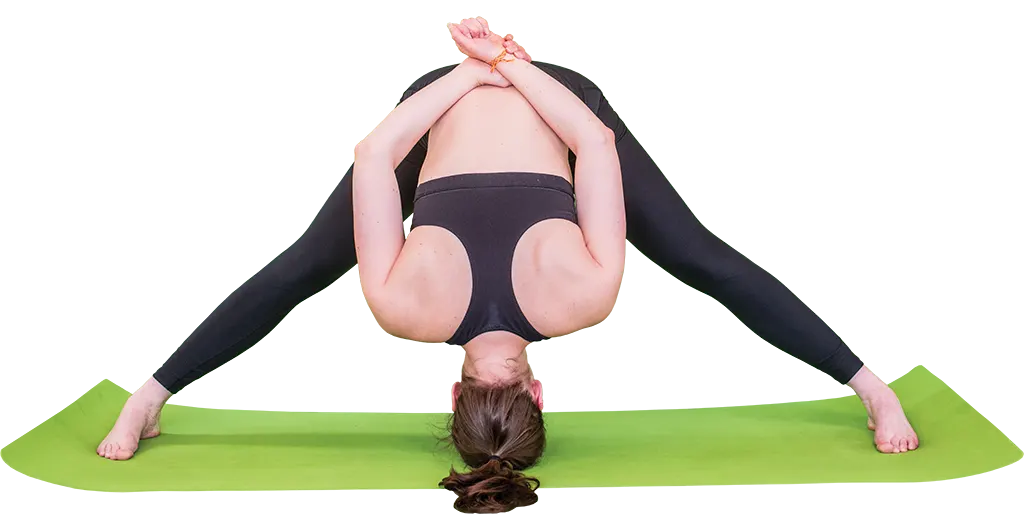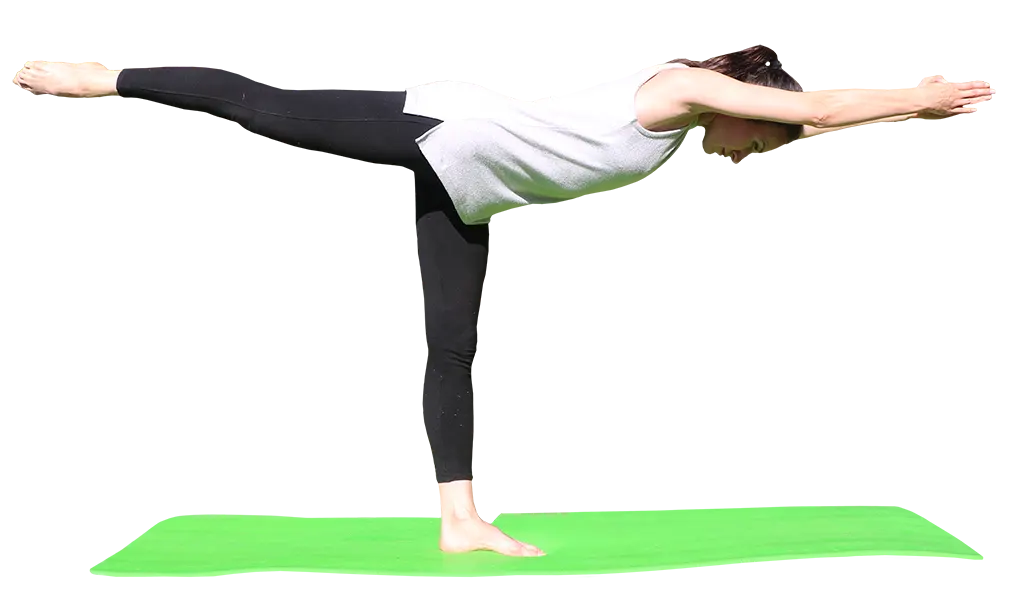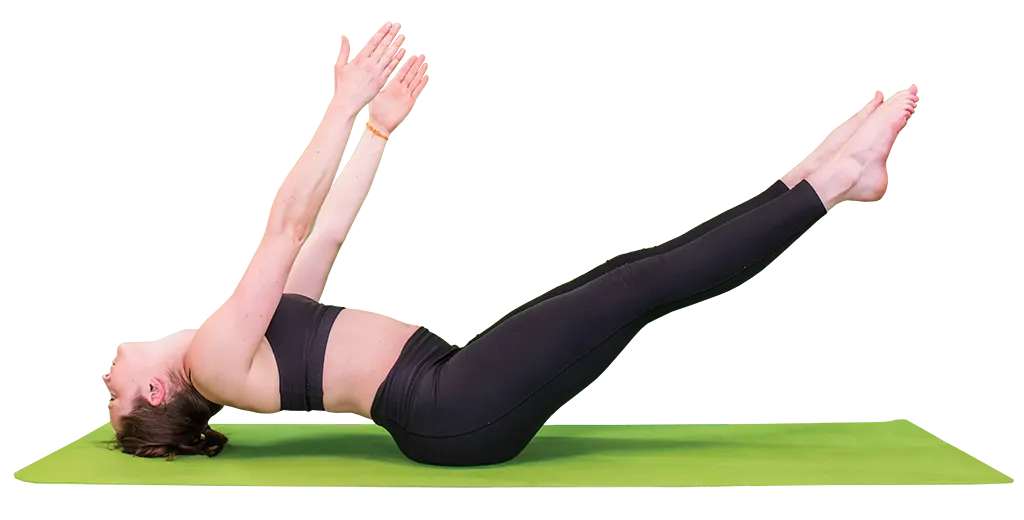Table of content
Preparation
Sit in Vajrasana. Come into tabletop position - wrists under shoulders, knees and feet hip-distance apart. Inhale, exhale, and relax.
Getting into position
Exhale. Inhaling, bring your left foot to the right hand and lower your left knee down to your left hand (shin parallel to the front of the mat), the top of your left foot on the floor. Slide your back knee a little farther back, and turn the knee inward to square the hips. Inhale. Exhaling, lower your left hip as far down as you can. Place right hand on the bottom of left foot (sole) and your left hand on or next to your left knee. Inhaling, arch your back; activate your glutes; keeping your hips and shoulders square, open your chest, and look up (dropping head backward if comfortable). Hold for a few moments to allow the body to adjust. Inhale. Exhaling, arch farther. Hold with normal breathing for around 30 seconds.
Coming out of position
Slightly relax the body. Inhale. Exhaling, bring the spine back to a neutral position. Place palms back on the floor under your shoulders. Tuck the toes of your right foot and raise your right knee up off the floor. Inhaling, bring your left leg back, and come into tabletop position. Inhale, exhale, and relax. Repeat on the other side.




